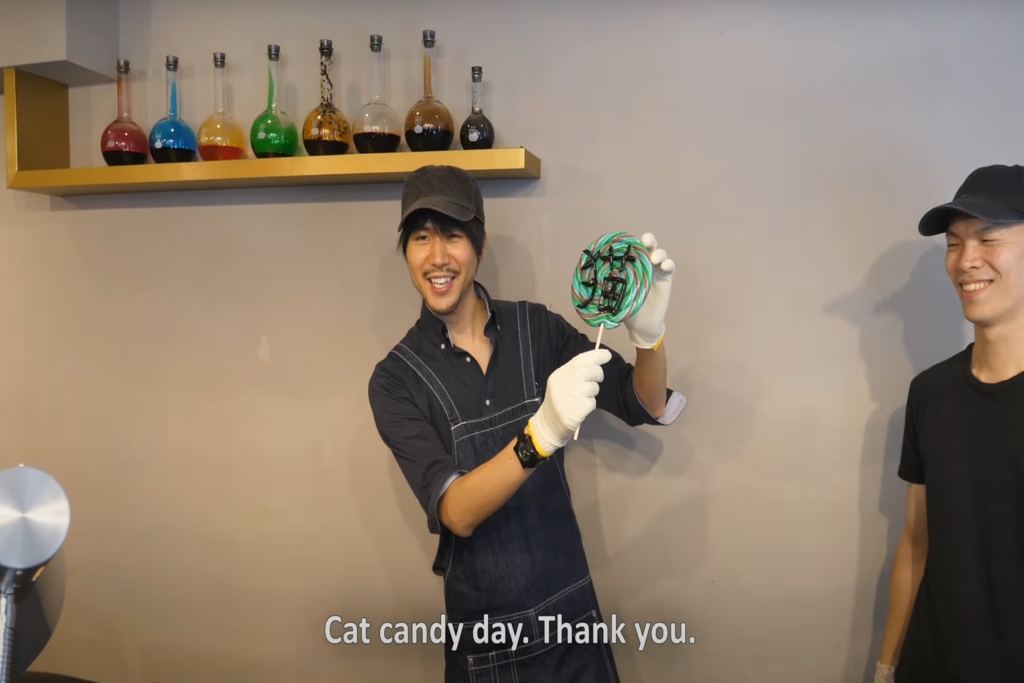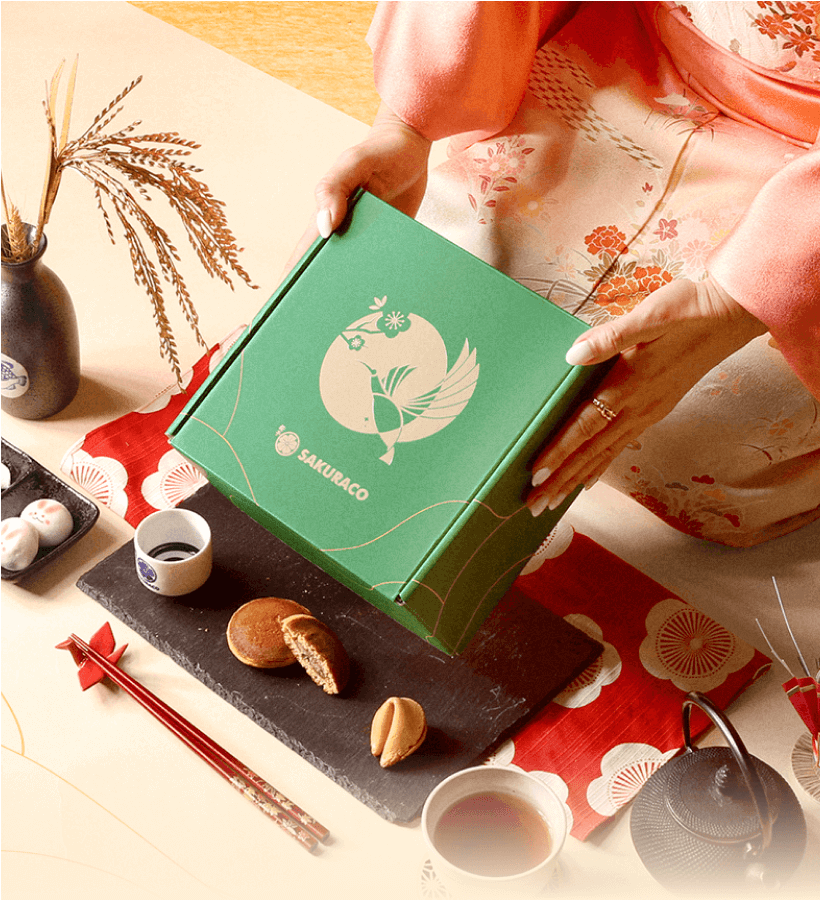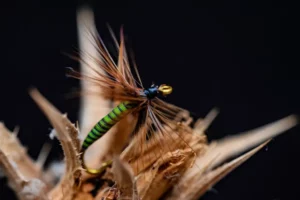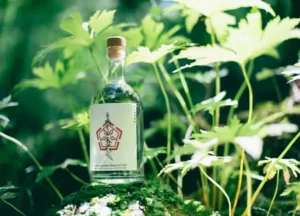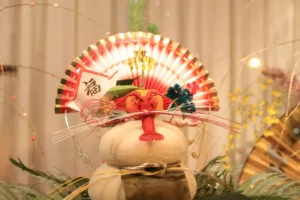Japanese craftsmanship is renowned for its meticulous attention to detail, whether in culinary arts, knife-making, or even sweets. In his latest video, Jun from Jun’s Kitchen visits Papabubble, a famous candy shop in Shibuya, Tokyo. The collaboration features skilled artisans crafting candies inspired by Jun’s cats. This blend of tradition, art, and personalization delights viewers.
Table of Contents
ToggleJapanese Craftsmanship in Candy: Jun’s Kitchen Visits Papabubble in Shibuya
This video is perfect for fans of unique confections, traditional Japanese sweets, or artisan craftsmanship. For those interested in tasting authentic treats, Papabubble locations across Japan offer candy-making experiences.
The Magic of Papabubble: A World of Artisanal Candy
Papabubble began in Spain, founded by a Japanese candy craftsman who later brought the business to Japan. The shop is famous for its colorful, handcrafted candies that combine traditional techniques with modern designs. Skilled artisans shape molten sugar into intricate patterns, turning each candy into a small piece of art.
Jun visits Papabubble in Shibuya, showing how candies are made from melting sugar to packaging. He adds a personal touch by requesting custom candies inspired by his cats, making the experience both fun and sentimental.
The Process of Creating Custom Cat-Themed Candies
One of the most fascinating parts of the video is watching the expert candy makers transform simple ingredients into highly detailed, cat-themed treats. The scientific and artistic process requires precision, speed, and creativity.
Melting and Coloring the Sugar: The process begins with heating sugar to a specific temperature until it reaches the perfect consistency for shaping. Natural and artificial colorings are added to create the vibrant shades needed for the cat designs.
Shaping and Layering: The artisans carefully layer different colors of candy to build the internal structure of the design. This step is crucial because when the candy is stretched and rolled, it needs to maintain its detailed pattern.
Stretching and Cutting: Once the sugar has been arranged to form the intended design, it is stretched into long rods, reducing the image while keeping it intact. This technique gives the final candy pieces perfectly detailed cat faces in each bite-sized treat.
Final Touches and Presentation: The rods are cut into small pieces, ensuring each showcases the adorable feline image. Finally, the candies are packaged beautifully, perfect as gifts or souvenirs.
This entire process is mesmerizing, and Jun captures it beautifully in his video. It’s not just about making candy—it’s about storytelling through sweets, a concept that resonates deeply with Japanese confectionery traditions.
Japanese Craftsmanship and the Art of Sweets
Japanese artisans have long been known for their dedication to perfecting their craft, which also extends to candy-making. The level of precision seen at Papabubble reflects the same meticulous attention to detail found in wagashi, the traditional Japanese sweets often enjoyed with tea.
Jun’s Kitchen frequently highlights this philosophy of craftsmanship—where the creation process is just as important as the final product—in his videos. Whether restoring knives, preparing sushi, or exploring handmade candy, Jun consistently showcases the beauty of Japanese artisanship.
The Cultural Connection Between Artisanal Sweets and Japanese Traditions
Candy-making, especially how it is done at Papabubble, is similar to traditional Japanese confectionery. In Japan, sweets are often tied to specific seasons, festivals, and celebrations. Wagashi also reflects seasonal elements like cherry blossoms in spring or maple leaves in autumn. Similarly, Papabubble’s cat-shaped candies tell a personal story meaningful to Jun and his viewers.
This video shows that food can be a cultural experience, an artistic expression, and a way to strengthen emotional bonds. Jun transforms his cats into beautifully crafted candies, adding charm and sentimentality.
Bringing the Experience Home with Sakuraco
Sakuraco brings authentic Japanese confections to your doorstep for those inspired by Jun’s experience. Papabubble crafts modern, artisanal hard candies, while Sakuraco actively curates traditional Japanese sweets that embody the country’s rich history and craftsmanship.
Each Sakuraco box features a variety of carefully selected treats, often sourced from local artisans who uphold time-honored confectionery traditions. Artisans craft these treats with the same dedication and respect for tradition as Papabubble, ensuring recipients enjoy an authentic experience.
Why Handmade Sweets Matter
In a world where mass production dominates the food industry, handmade sweets stand out for their uniqueness and the human touch behind them. Watching Jun’s video reinforces the idea that handmade goods carry a special quality that factory-made items simply cannot replicate.
Each piece of candy crafted by the artisans at Papabubble is slightly different, just like traditional wagashi are never identical. This uniqueness makes artisanal sweets so special—they are made with care, precision, and often a touch of personal storytelling.
The Beauty of Japanese Craftsmanship in Every Bite
Jun’s Kitchen continues to serve as a bridge between cultures, introducing viewers to the artistry behind Japanese culinary traditions. His visit to Papabubble in Shibuya is not just about candy; it’s a celebration of craftsmanship, tradition, and the joy of personalization.

